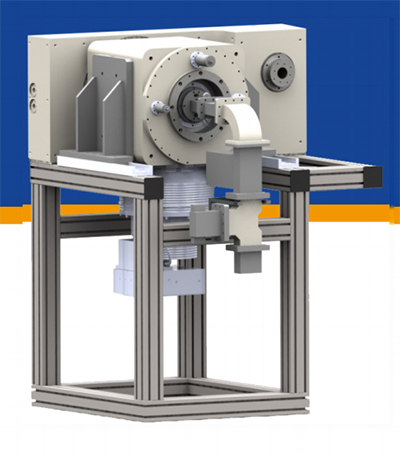What Are You Looking For?
Neutron source is an important experimental platform for advanced nuclear energy research and development and cross-application research of nuclear technology. The small neutron source SNEG uses the ionization of the ECR ion source to generate deuterium ions, which induce deuterium ion beams and accelerate the bombardment of the target under the action of a DC high-voltage electric field, and generate 2.5 MeV neutrons through the deuterium-deuterium reaction. Small neutron sources can be used for neutron physics experimental research, detector calibration, neutron irradiation, neutron component detection, neutron photography, neutron cancer treatment, isotope production, etc.
Weight :
300kgSize :
1*1*2mBrand :
RubriRated output power :
AC380VSmall Neutron Source SNEG
Product Description

The design concept of small neutron source SNEG is to generate high-source strong neutrons in a limited space through design innovation and key technological breakthroughs, realize the miniaturization of strong neutron sources, and improve their ease of use. The key technologies adopted include beam flow acceleration integration technology, long-life self-contained target enhanced heat dissipation technology, and high-gradient low-flashover high-voltage insulation technology.
Specifications
| Parameter | SNEG1.0 |
| Neutron Reaction Type | D-D |
| Neutron Yield | ≥1×10¹⁰ n/s |
| Beam Spot Diameter | ≤4 cm |
| Main Body Dimensions | ≤1 m (L) × 1 m (W) × 2 m (H) |
| High-Voltage Breakdown Interval | ≥3 min |
Product advantages
1. Compared with isotope neutron sources, small neutron source SNEGs have higher neutron source strength.
2. Compared with the large accelerator neutron source experimental device, the small neutron source SNEG can be used independently and has better economy
3. Solve the problem of continuous rise in the price of ²52Cf source and the tightening of procurement channels
Application scenarios
1. Neutron physics experiment research
2. Detector calibration
3. Neutron irradiation
4. Neutron composition detection
5. Neutron photography
6. Neutrons for cancer treatment
7. Isotope production